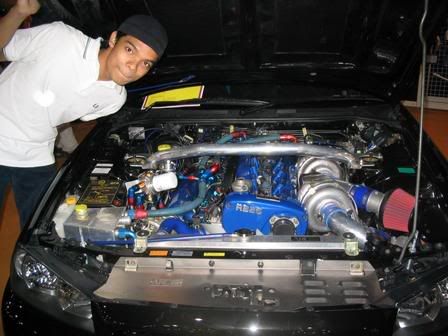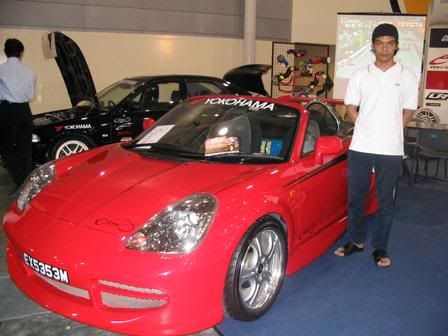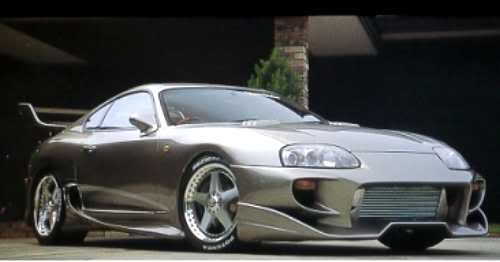modifications!
Cylinder Head Airflow
One of the most talked about things in the performance industry today is cylinder head airflow. The subject of airflow has come a long way since the old days of the guy in his garage with a grinder in one hand and a beer in the other. It is a science. The top race teams of today in any type of motorsport from the mud boggers to fully sponsored Nascar or Indy teams are trying to get the absolute most from their machines. The only way to get maximum power is to get the most airflow into the engine as possible, and this article should shed a little light on how they are accomplishing this.
Basic Engine Theory "101":
The overall workings of an internal combustion engine must first be understood before you can delve into any real performance gain enhancements. "The internal combustion engine is little more than an air pump." This phrase has been used many times to describe the action of the engine displacing air. When a piston travels down the bore during the intake cycle, it creates a pressure differential, or a low pressure area. The air outside rushes in to equalize the pressure, thus filling the cylinder. The exhaust side of the coin is basically the same in reverse but this time the exhaust also has the added bonus of being pressurized by the combustion that just took place.
Okay, now with that aside you can realize that the path the air has to maneuver through must be very unobstructed to promote good flow or it will have a tough time getting through the port and into the chamber in the nanoseconds that it has at 6000-8000 rpm! This is our challenge, to allow the air to move freely through the port on its way to the cylinder, but there are many potholes you can fall into if you are not careful.
Moving More Air:
The concept of moving more is easy to grasp but it is not as easy to accomplish as most people might think. We have noticed that the more people we talk to, the more we see that people are trying to learn, but still think the old addage of "the bigger the better" is true, when in fact it is far from it!! The larger you go with the runner size, the slower the air moves, yes - it is moving more air in a larger runner, but there is more to it than that. The slower the air moves, the less mass and inertia it has, and therefore it doesn't carry as much momentum into the cylinder. In turn, it doesn't pack in as tightly as it could if it were moving faster. The trick is finding that perfect mix of air, speed and sheer volume that makes everything work just right.
Porting Tips:
In general, when porting it is better to keep the removal of metal to a minimum and try to shape the runner in a way that would be conducive to flow, or that is "easier to flow". That being said there is much to learn when porting, but it can be learned much quicker with a flow bench. The old way was to try, try, try again and sometimes you would not gain a thing, but you would try again! The new way to do things is to try, test, and actually see the results immediately and go in the direction that is working, rather than taking a shot in the dark and probably not gaining anything.
Summary:
Basically there is much to learn in this field. Hopefully some of the concepts we have discussed here will help you to better understand (when you take your heads to be ported) what the person is saying and also help you choose wisely when you pick a company to do the port work. When there is no flow bench, I would advise taking it to a properly equipped professional, or you may end up with something that flows even less than it did before the work!


 A site For All u Car lovers..........
A site For All u Car lovers..........
0 Comments:
Post a Comment
<< Home